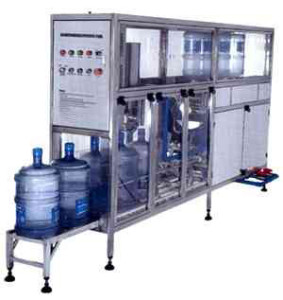Who does not know the how much importance water has in our life? Water, the other name of life, is found in plenty in the world. But only few per cent of the water is suitable for drinking. In fact, today there is a scarcity of drinking water. To purify water and suitable for drinking, water treatment plant is very much necessary.
Used water which comes out of industries can be purified and again made it fit for drinking. Water treatment plants make it possible.
Some of the facts about the water treatment plant are as follows:
1. Water treatmentis about the removal of the undesirable materials, chemicals as well as the other contaminants which make the water unhygienic.
2. The very first step is pumping the waste wa ter in the water treatment plants. As far as the physical infrastructure is concerned they should be made of the appropriate material. Otherwise the plant will not be able to store the water and there will be leakage.
ter in the water treatment plants. As far as the physical infrastructure is concerned they should be made of the appropriate material. Otherwise the plant will not be able to store the water and there will be leakage.
3. The next step includes screening. Debris such as trash, leaves, stones and sticks are removed from the water.
4. After screening comes the step of pre-conditioning and pre-chlorination. In the pre-chlorination process chlorine, which is known for its purifying property, is added to the water. However, one of the main problems of adding chlorine is that the taste of the water becomes really bad.
5. After all these processes are followed, pH adjustment of the water is done. The water is also filtered here.
After following the above steps, the water is finally purified and made suitable for drinking.



